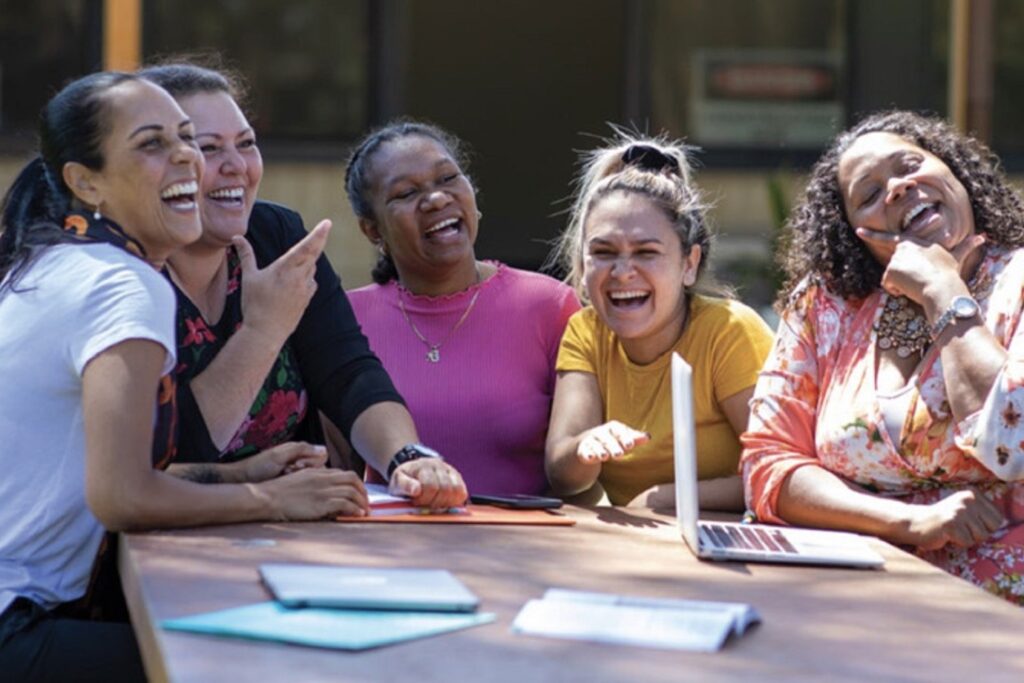The New South Wales government has made its first step in identifying the specific barriers to economic participation experienced by First Nations women with the launch of a new report.
NSW is home to approximately 140,000 First Nations women and girls, and yet there’s a persistent gap in their employment rates compared to the rest of the population.
According to the 2021 Census, the labour force participation rate for First Nations women in New South Wales was 56 per cent. This compares to 59 per cent for non-Indigenous women, 60 per cent for First Nations men and 66 per cent for non-Indigenous men.
The reasons for this are vast, as shown in the report– First Nations women are more likely to be carers, not only to their own children, but to extended family and community members.
Disproportionate rates of domestic and family violence are also factors, with First Nations women being three times more likely to be victims than non-Indigenous women.
Racism, discrimination and a lack of familial wealth play a role in First Nations women’s economic disparities as well.
The priorities outlined in the report align with the need for a standalone strategy to consider these unique challenges faced by First Nations women in accessing economic opportunities. This need was initially identified in the NSW Women’s Economic Opportunities Review, established in February 2022.
The latest findings from the First Nations Women’s Economic Participation Review provides a baseline of First Nations women’s current economic participation and has identified five areas that could help elevate their economic position.
The priority areas include: thriving homes and communities, engagement in education, workplace support, entrepreneurship and social enterprise and First Nations Female Led Programs.
These key areas were identified through state-wide consultations and by an Expert Advisory Panel, made up of First Nations entrepreneurs, corporate leaders and policy experts.

Panel member and Director Indigenous Strategy and Engagement at Westpac Jocelyn King said that ever since the first conversations between Captain Cook and the Aboriginal people during colonisation, women have been missing from the conversation.
“Our women were the glue that held our families together and they continue to do that,” said King.
“What I want this report to get across is that we are not the problem, we are the solution.”
“If women are there and have a seat at the table, then we can close the gap in a generation,” she said. “And not the gap between Indigenous and non-Indigenous people, but the gap between cultures– because I believe our culture enriches everyone.”
The priorities outlined in the report align with the need for a standalone strategy to consider the unique challenges faced by First Nations women in accessing economic opportunities. This need was identified in the NSW Women’s Economic Opportunities Review, established in February 2022.


